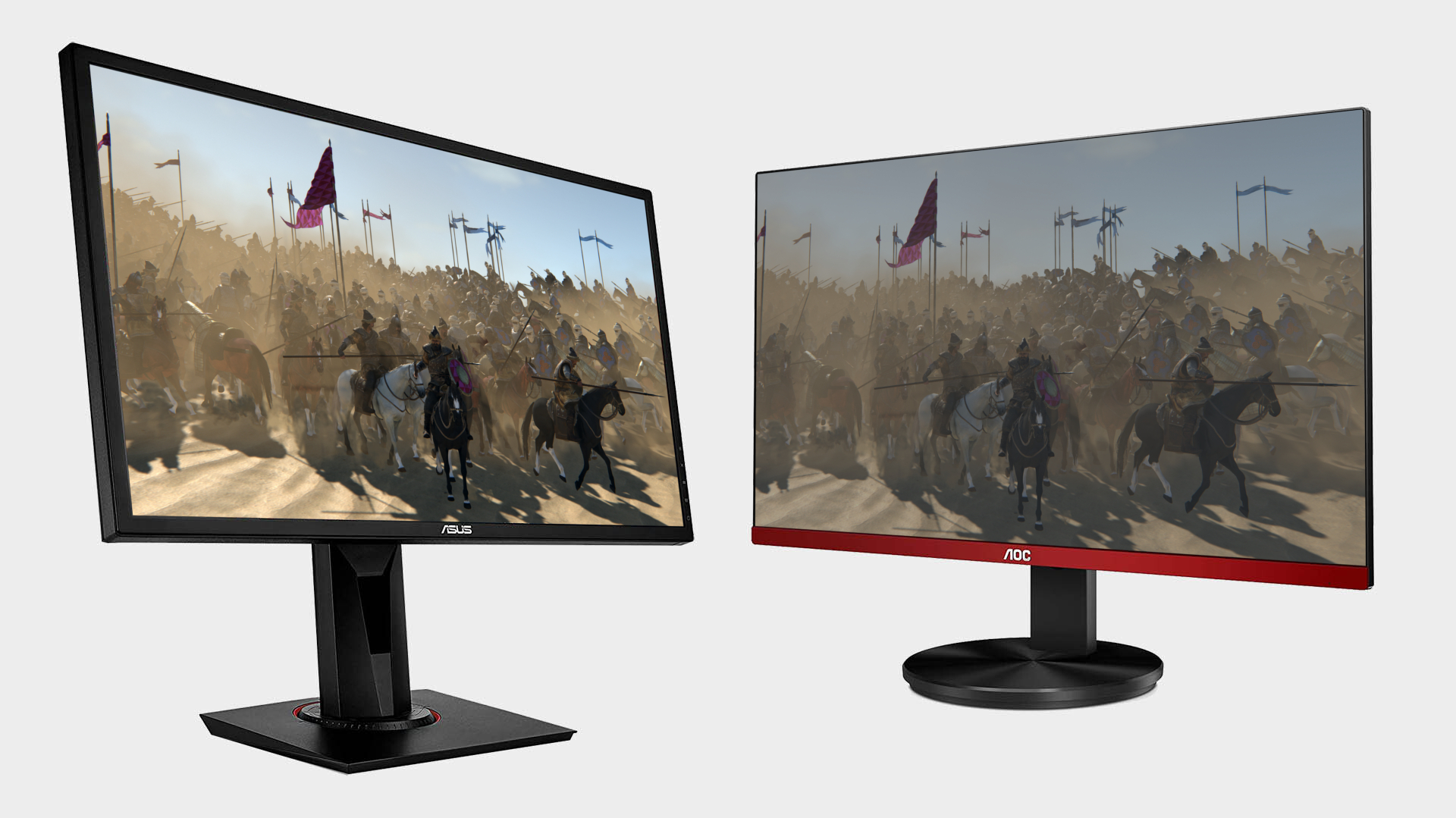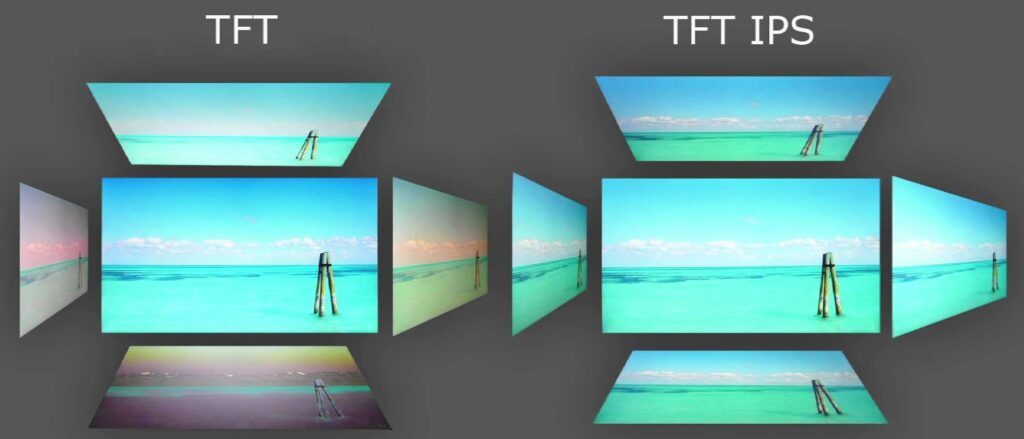

What do you need? TN, VA, or IPS?Īll modern monitors use TFT LCD (thin film transistor liquid crystal display) as their core technology. But just when you think it’s OK to click “buy” you remember monitors have divergent panel types, and you recall those different manufacturing processes supposedly make a big difference. You want a new gaming monitor and have already settled on all the essentials. Screen size, resolution, and of course price range. Let’s look at the pros and cons of each of them.

Anyway, hope this helped.Different panel types may confuse you when shopping for a gaming monitor. For my money, I definitely prefer IPS - color shifting annoys me so much. Many people who like to watch movies or play games seem to like the fast response times of TN displays.

If you are looking for an external display, definitely have a look at both panels styles to see which fits your needs best. IPS panels offer slower pixel response times, but they have very good color fidelity, and have excellent off-axis viewing angles (generally 178 degrees). Many moderately-priced LCD monitors use IPS panels (though some, and many LCD TVs, use MVA or PVA panels). IPS stands for "In-Plane Switching." The iPhone, iPad, iMac, and Apple Cinema Displays all use IPS panels, but no Apple laptop ever has, unfortunately. Additionally, many seem to be 6-bit panels, which means that they can actually only display about 262,000 colors, but use dithering to approximate the "millions of colors" you expect a modern display to show you. TN panels offer very fast pixel response times, but they often have somewhat poor color fidelity, and poor off-axis viewing, meaning that you will see a noticeable shift in colors if you look at the screen from an angle. TN stands for "twisted nematic." Almost every laptop screen or inexpensive LCD monitor you'll run into uses a TN panel.


 0 kommentar(er)
0 kommentar(er)
